According to the Russian ambassador to Oslo, Teimuraz Ramishvili, Moscow would consider such a move in their latest strategic planning “as the emergence of an additional problem in the Arctic region”. The ambassador spoke to the Norwegian state media NRK.
In a letter to Dagbladet newspaper, the Russian mission stated: “Since the USA/NATO/Norway alliance does not want to solve this issue with diplomacy and through negotiation, there remains only one option, and it is a military/technical response. Russia would have to strengthen its strategic nuclear forces, to make them able to overcome any missile shield.”
Maxim Gurov, press attaché at the Russian embassy told Klassekampen newspaper in January, that “in the case of NATO missile defense systems being deployed in Norwegian territory, we will have to react to defend our security”.
Head of Communication, Frode Overland Andersen, of the Foreign Ministry said that NATO’s missile defense system is only aimed against threats from outside the Euro-Atlantic area.
“From the start, it has been made clear that NATO’s missile defense system is not directed against Russia. It is neither designed, or dimensioned to that end. NATO has, on the contrary, invited Russia to cooperate on missile defense, which they have denied. Missile defense is a defensive system”, he said, according to norwaytoday.info
But Russia has noted that the missile defense program continues to be implemented despite the fact that after the nuclear agreement with Iran in 2015, there is no rationale for it.
The Norwegian government has meanwhile studied a possible Norwegian contribution to the missile shield. A detailed report is currently being prepared by the Norwegian Defense Research Establishment and the US Missile Defense Agency.
Five Norwegian frigates could be used by the missile defense system. They are fitted with the missile weapon system Aegis. It has been announced that a new radar system at the Globus-2 radar station in Vardø will be built before 2020. This radar could eventually perform tasks for the missile defense system.
Radar located in Svalbard, in the Arctic, for example, could also be used by US military for missile defense purposes, the Russians argue. Senior US officials and politicians have visited the site over last few years, including former Defense Secretary Ash Carter, former State Secretary John Kerry and Senator John McCain.
The radar is installed in violation of the 1925 treaty which states that Svalbard has a demilitarized status. The Americans invented different reasons for their frequent visits, including Kerry maintaining that he would be “viewing the effects of climate change” or McCain stating that he was “highlighting the plight of polar bears”.
Installation of BMD sites potentially undermine the efficiency of Russian strategic nuclear forces as a means of deterrence.
When Denmark decided to join the missile defence system in 2015 with several frigates, Russia’s ambassador to Denmark, Mikhail Vanin, wrote in an open letter that the country will be a nuclear target if the government joins NATO’s missile defence system.
“I don’t think that Danes fully understand the consequence if Denmark joins the American-led missile defence shield,” wrote Vanin.
Even though Norway is small, it has the sixth biggest military budget per capita, after the United States, Israel, Singapore and some Gulf States. The country spends 7.3 billion dollars on its military, more than Sweden with 5.7 billion, a country with twice the population. But its geographic position is a key element in NATO’s military planning.
According to Heather Conley, the director of the Center for Strategic and International Studies’ Europe Program, Northern Europe is now being viewed as a “theatre of operations”.
In 2007, Jens Stoltenberg, the current NATO general secretary who was then then prime minister for Labour, claimed he was skeptical about the system during a summit in Moscow.
According to the Klassekampen newspaper: “Cables from the US embassy, leaked by WikiLeaks, show that the US government started an intense diplomatic offensive after Stoltenberg’s statement. Ambassador Ben Whitley wrote: ‘Due to this pressure, Norway will continue to criticise the missile shield in public, while secretly working for missile defence within NATO.’”
Norway shares a long border with Russia, while the Russian Northern Fleet is based in the Murmansk region, not far from the border. The country has never hosted foreign forces on its territory, except temporarily for training purposes and Oslo adhered to this principle even at the height of the Cold War.
The problem, the Russians argue, is that Norway and NATO hide behind misleading information when they claim that the American forces are in Norway on “rotation”. “The soldiers will be on rotation, sure, but their presence will be permanent,” Ramishvili argues.
The new direction could mean increased tension with its neighbour instead of better relations.
When the Norwegian Police Security Services (PST) presented its annual threat evaluation in February this year, PST Managing Director Benedicte Bjørnland warned that Russia used its Secret Services to weaken the Norwegian support to the sanctions against Russia, and to counteract NATO’s missile shield.




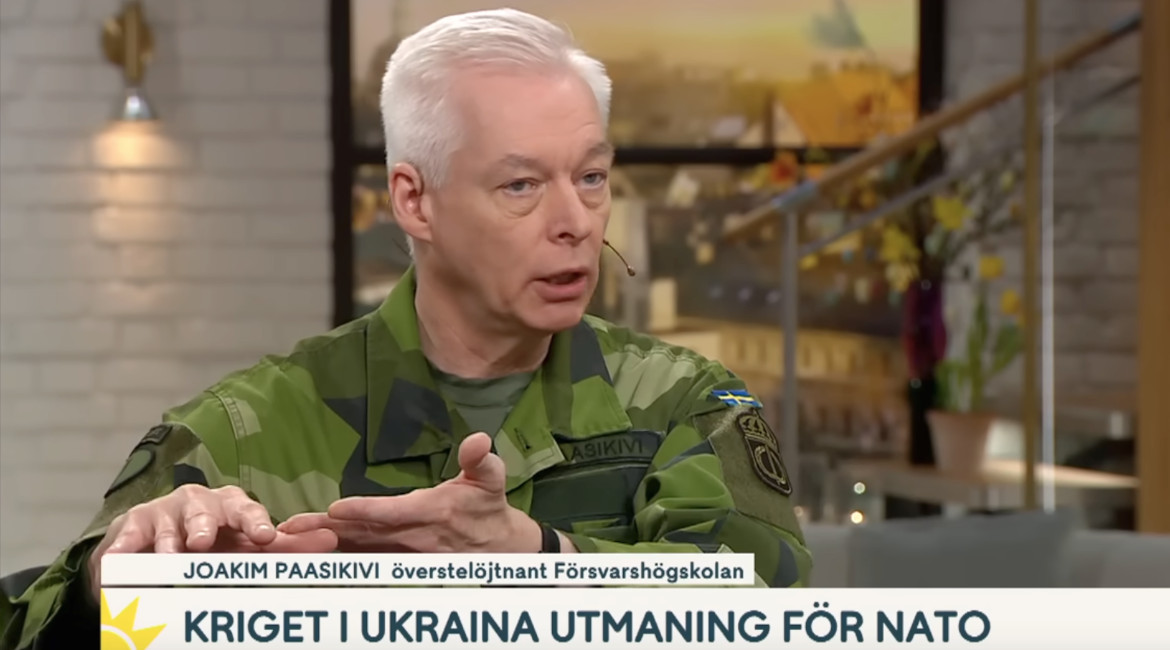

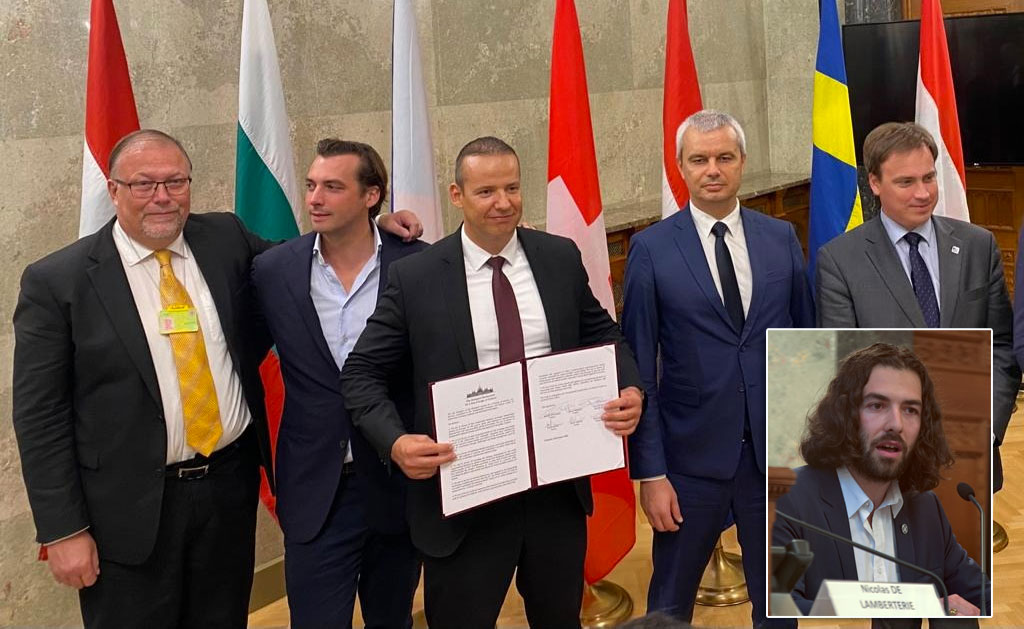

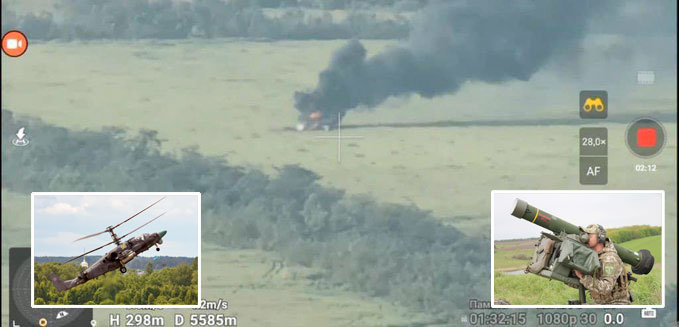
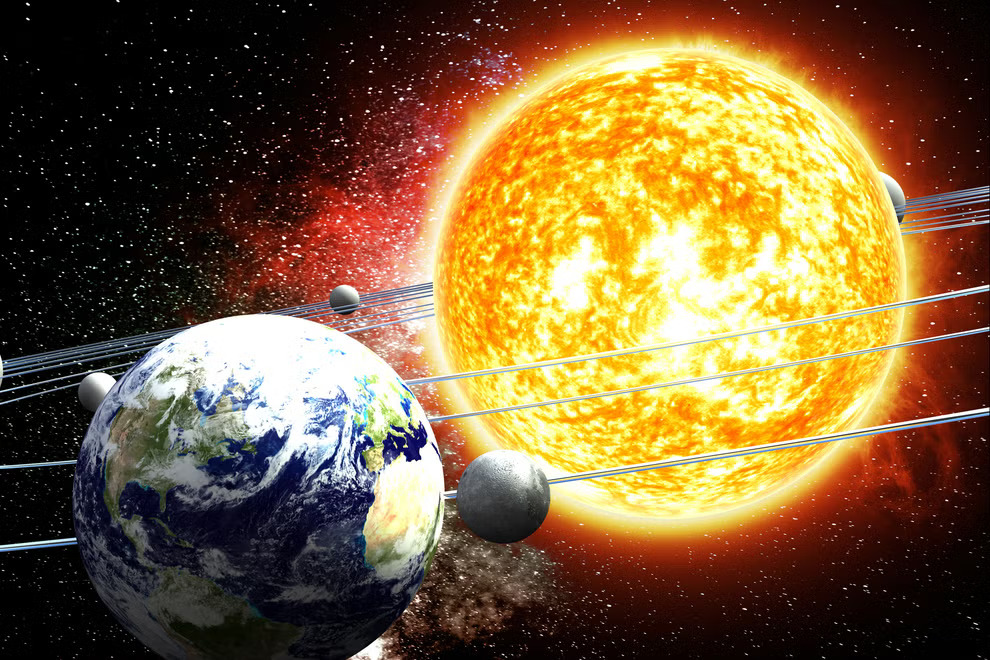
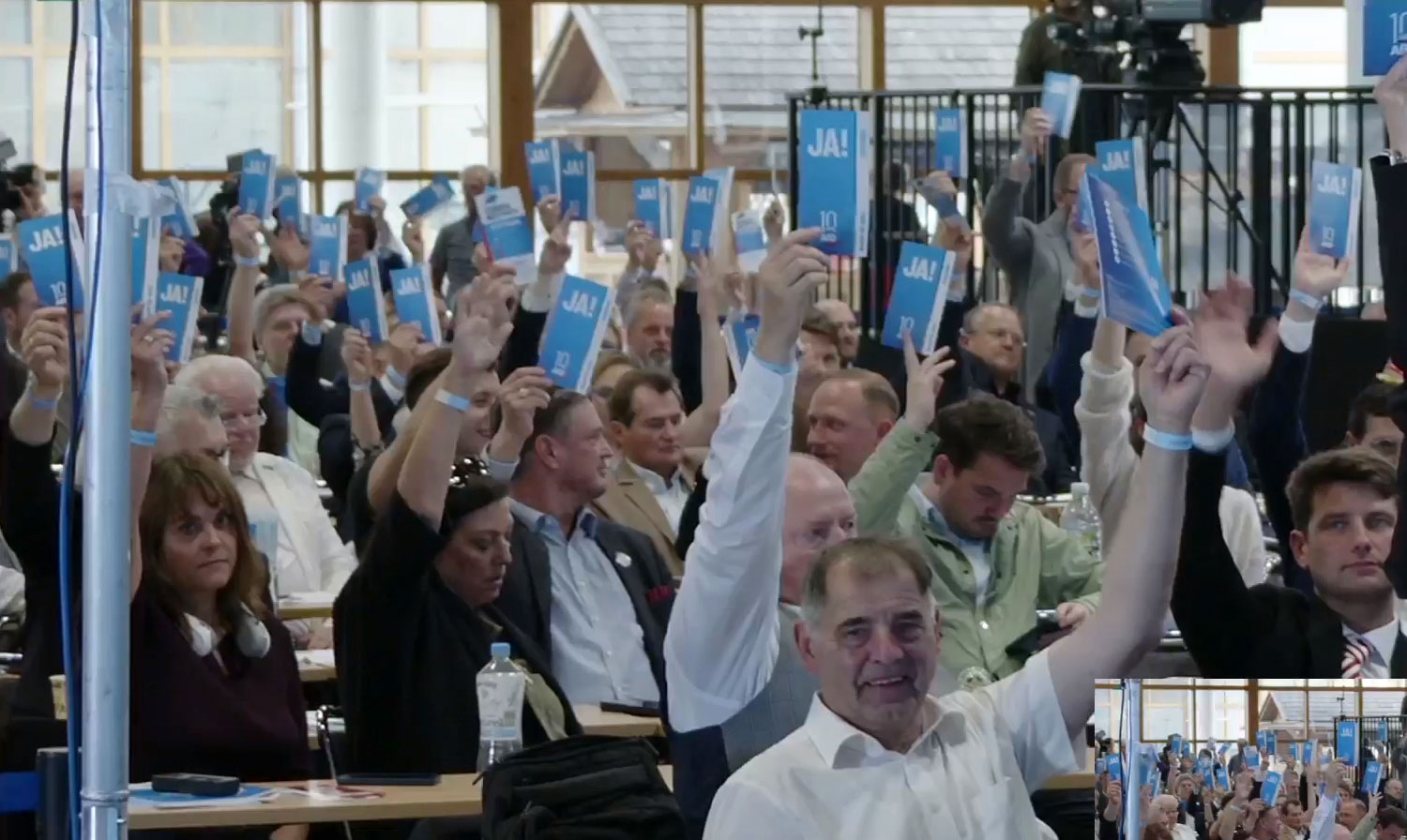
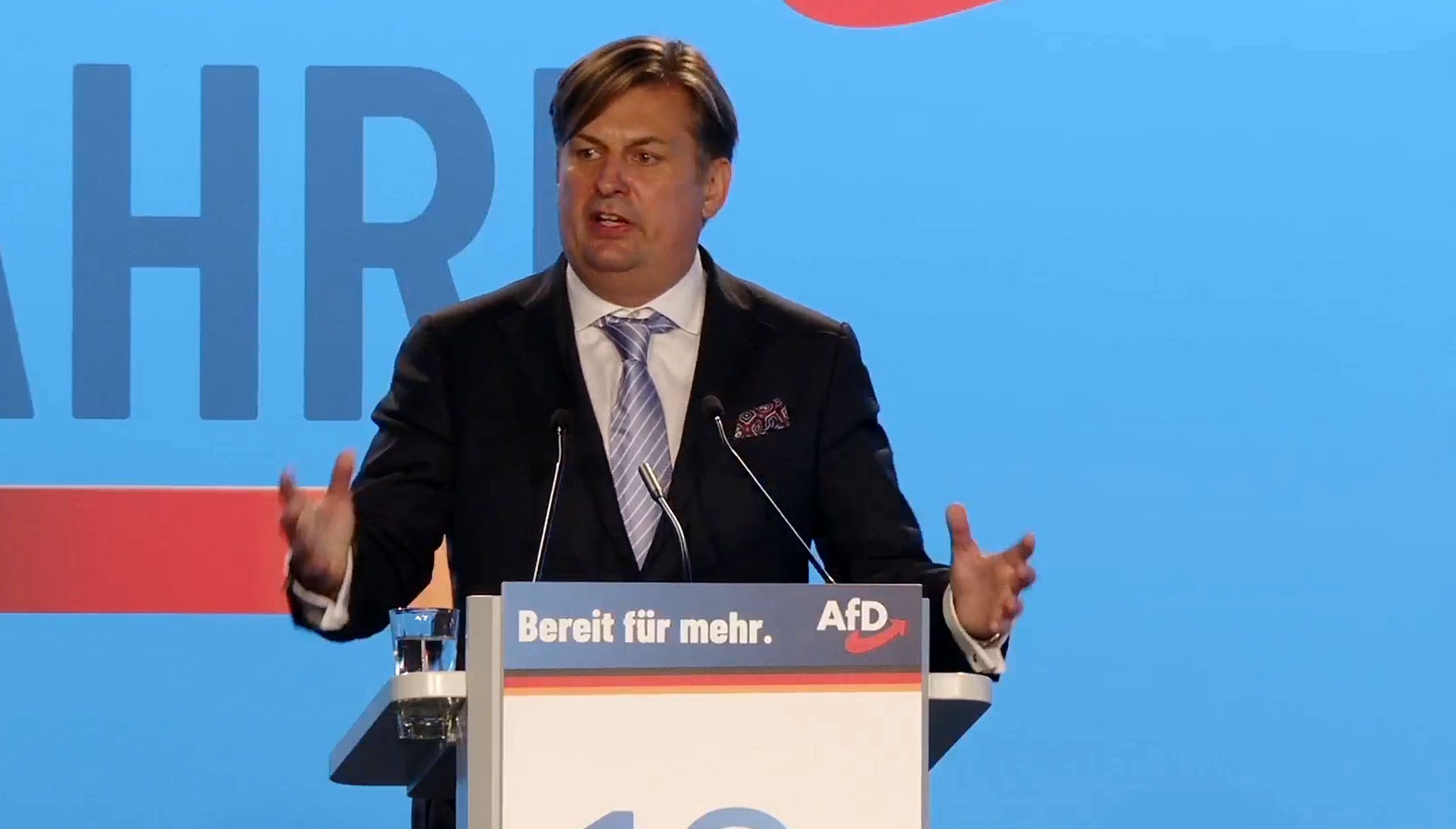

No comments.
By submitting a comment you grant Free West Media a perpetual license to reproduce your words and name/web site in attribution. Inappropriate and irrelevant comments will be removed at an admin’s discretion. Your email is used for verification purposes only, it will never be shared.